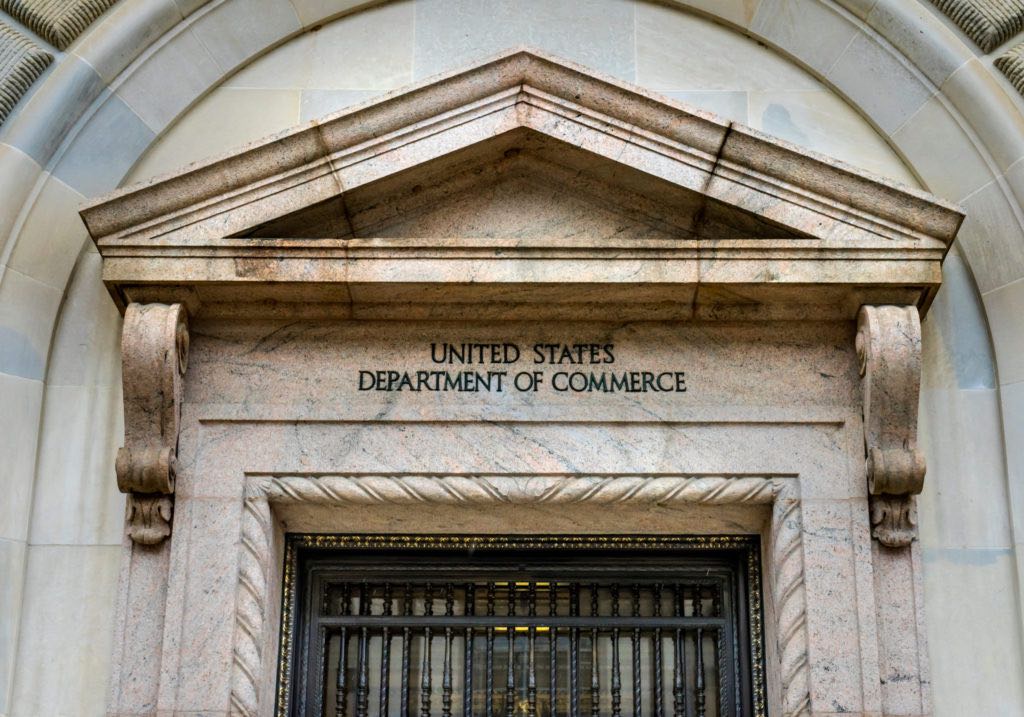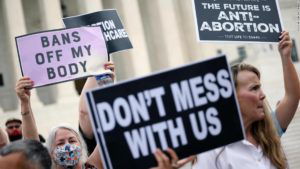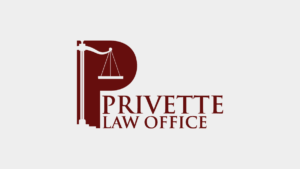
Biden-Harris Administration Announces More Than $224 Million in High-Speed Internet Grants for Tribal Lands
Nov 17, 2022
Biden-Harris Administration Announces More Than $224 Million in High-Speed Internet Grants for Tribal Lands
KCPullen@doc.gov
Thu, 11/17/2022 – 17:35
Infrastructure
FOR IMMEDIATE RELEASE
Thursday, November 17, 2022
Office of Public Affairs
publicaffairs@doc.gov
The Department of Commerce’s National Telecommunications and Information Administration (NTIA) announced today it has awarded 18 grants as part of the Tribal Broadband Connectivity Program (TBCP). These new grants, totaling $224,479,717.83, bring the total of the program to $1.5 billion awarded to 112 Tribal entities.
With funding from the Bipartisan Infrastructure Law, also known as the Infrastructure Investment and Jobs Act, these grants will expand high-speed Internet network deployment and digital skills training to improve access to education, jobs, and healthcare on Tribal lands.
Tribes in 11 states received grants – Alaska, Arizona, California, Iowa, Minnesota, Montana, New Mexico, Nevada, New York, South Dakota, and Virginia.
“This Native American Heritage Month, our Tribal Broadband Connectivity Program is continuing its historic investment in Native communities to ensure reliable, affordable high-speed Internet for all,” said Secretary of Commerce Gina Raimondo. “These grants – made possible by the Bipartisan Infrastructure Law – highlight the Biden administration’s unprecedented commitment to close the digital divide in Native communities.”
These awards are part of the Biden Administration’s commitment to nation-to-nation engagement and an effort to connect everyone in America, including Native Americans and Alaskan Natives, to affordable, reliable, high-speed Internet.
The projects funded by these awards will directly connect 21,468 unserved Native American households that previously had no connectivity to high-speed Internet as well as businesses and anchor institutions. Additionally, the 18 grants will create 137 new jobs.
The Tribal Broadband Connectivity Program is a nearly $3 billion grant program and part of the Biden-Harris Administration’s Internet for All Initiative. The funds are made available from President Biden’s Bipartisan Infrastructure Law ($2 billion) and the Consolidated Appropriations Act, 2021 ($980 million). Additional grants will be announced on a rolling basis. In total, the Bipartisan Infrastructure Law includes $65 billion to provide affordable, reliable, high-speed Internet across the country.
A Notice of Funding Opportunity (NOFO) for $1 billion in funds from the Bipartisan Infrastructure Law will be announced in the coming months. NTIA held three Tribal Consultations with Tribal leaders to solicit their input on the NOFO.
Internet for All
The Bipartisan Infrastructure Law includes a historic $65 billion investment to expand affordable and reliable high-speed Internet access in communities across the U.S. NTIA recently launched a series of new high-speed Internet grant programs funded by the law that will build high-speed Internet infrastructure across the country, create more low-cost high-speed Internet service options, and address the digital equity and inclusion needs in our communities.
Additionally, the Federal Communications Commission’s Affordable Connectivity Program provides a discount of up to $30 per month toward Internet service for eligible households and up to $75 per month for households on qualifying Tribal lands. Visit AffordableConnectivity.gov to learn more.
For more information on the Biden-Harris Administration’s high-speed Internet programs as well as quotes from the awardees, please visit InternetforAll.gov.
Bureaus and Offices
National Telecommunications and Information Administration
Leadership
Gina M. Raimondo
Tags
Secretary Gina Raimondo
Broadband
Read the full report from the U.S. Department of Commerce: Read More



